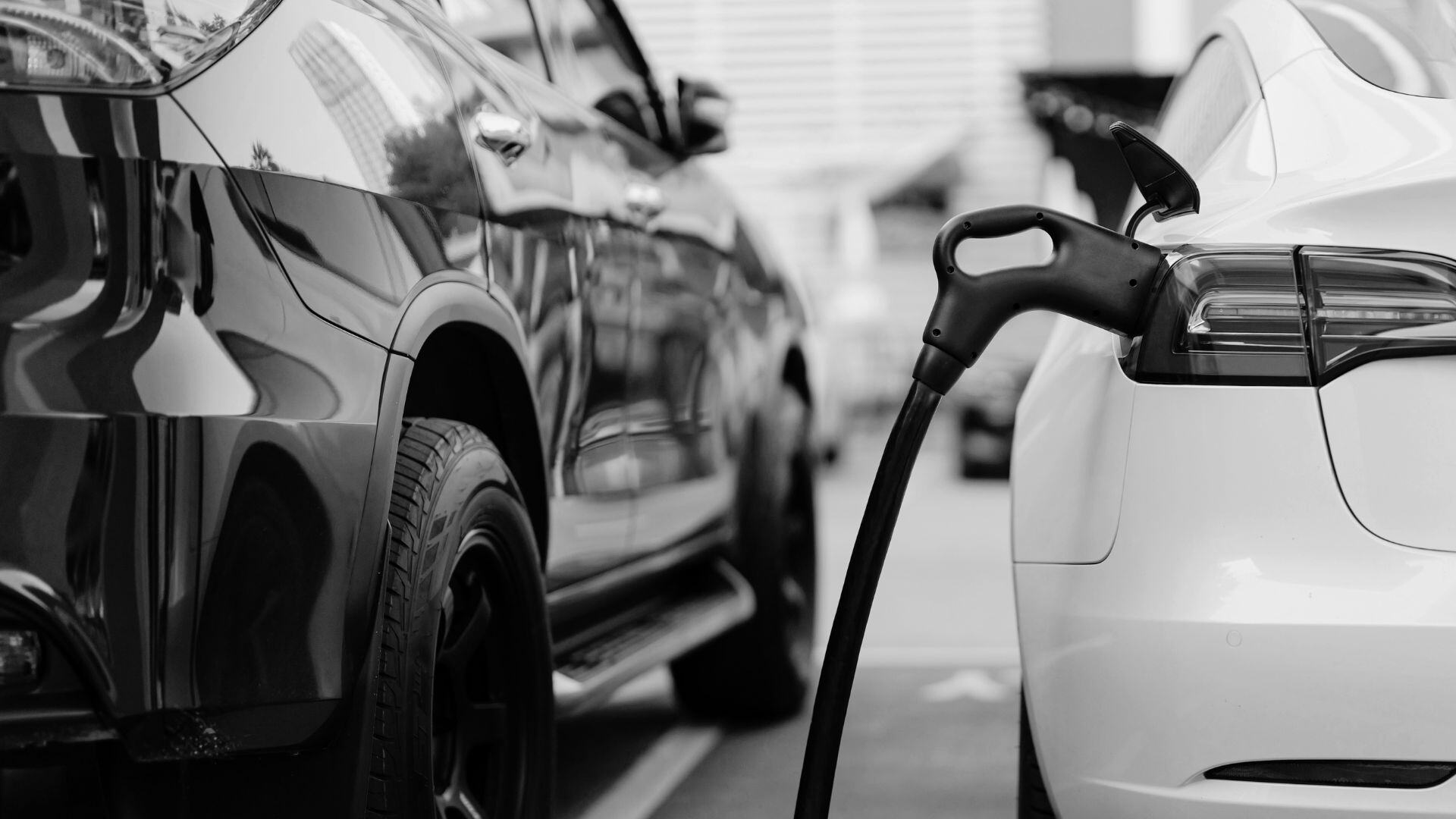Urgent Action Needed to Secure the Future of Europe's Auto Industry

The European automotive industry stands at a pivotal crossroads. While billions have been invested in electrification over the past decade, and significant progress has been made in aligning with the Paris Agreement and the EU’s ambitious 2050 decarbonization goals, key challenges threaten its future. As the transition to zero-emission vehicles (ZEVs) gains momentum, European automakers face mounting obstacles that require urgent and coordinated intervention from EU leaders.
The Road to Decarbonization
At the heart of the industry's evolution is the drive toward climate neutrality by 2050. European automakers have made great strides, with zero-emission vehicles becoming more widely available. However, Ola Källenius, President of the European Automobile Manufacturers Association (ACEA) and CEO of Mercedes-Benz, has warned that current market conditions make achieving the 2025 CO₂ emission targets disproportionately costly. Without action, these targets could jeopardize progress, leading to significant setbacks for the industry.
To ensure a smooth and sustainable transition, Källenius advocates for a realistic, market-driven approach to decarbonization. The European Green Deal, while ambitious, needs to be more adaptable to current market realities. Automakers are calling on the EU to accelerate the review of CO₂ regulations—currently planned for 2026 for cars and vans, and 2027 for heavy-duty vehicles—so these reviews take place by 2025 instead. Immediate relief measures are also essential to help the industry meet looming targets without incurring billions in fines, funds that could be better invested in sustainability initiatives.
What’s Holding Us Back?
Despite the progress made, several critical challenges continue to hinder the industry's transition:
-
Infrastructure Deficit
There aren’t enough charging stations or hydrogen refueling facilities to meet the growing demand. This gap undermines consumer trust and limits the widespread adoption of ZEVs. -
High Energy Costs
The affordability of green energy remains a significant barrier, making it harder for businesses and consumers to make the switch. -
Global Competitiveness
European automakers are facing intensified competition from other markets, particularly China, where government support and lower production costs are creating significant advantages. -
Inadequate Incentives
Governments across the EU are not doing enough to encourage consumers to transition to zero-emission vehicles. Insufficient tax breaks, subsidies, and purchase incentives are slowing adoption. -
Supply Chain Vulnerabilities
Europe must secure access to critical raw materials, hydrogen, and batteries to sustain its electrification efforts. Ongoing supply chain bottlenecks are threatening production and innovation. -
Geopolitical Tensions and Protectionism
Rising geopolitical tensions and the risk of trade wars further complicate the industry's challenges. Källenius emphasizes the importance of stable supply chains and cooperative trade relationships with key partners like China and the United States to safeguard growth.
Boosting Competitiveness
To preserve its global standing, the EU must take bold action to create a more predictable and supportive environment for the automotive sector. This includes:
- Accelerating regulatory reviews and advancing strategies like those outlined in the Draghi report, which calls for completing the European single market, simplifying regulations, and fostering research, development, and innovation.
- Addressing high labor costs, energy access, and overregulation to enhance competitiveness and resilience.
- Strengthening infrastructure and providing substantial consumer incentives to support the uptake of ZEVs.
These measures would allow Europe to compete on a global scale, protect jobs, and ensure a sustainable future for the automotive sector.
Innovative Solutions for a Sustainable Future
Amid these challenges, integrating innovative solutions is playing a vital role in helping the industry navigate its transition. For example, UBench offers a cutting-edge platform designed to optimize claims processes, streamline operations, and enhance collaboration across the value chain. By providing data-driven insights, the platform enables businesses to:
- Make strategic decisions aligned with sustainability goals, such as prioritizing repair over replacement or choosing eco-friendly bodyshops.
- Optimize repair operations to reduce emissions and lower costs, contributing to greener fleet management strategies.
- Adapt quickly to regulatory changes and market demands.
UBench demonstrates how digital transformation and collaboration can empower businesses to build resilience, stay competitive, and achieve their sustainability objectives.
A Call to Action
The message from the automotive industry is clear: the clock is ticking. Without immediate intervention, the European automotive sector risks losing its global competitiveness, facing production cuts, job losses, and a weakened supply chain. Policymakers and industry leaders must act swiftly to address these challenges by accelerating regulatory reviews, strengthening supply chains, and boosting incentives.
This moment is not just about saving an industry—it’s about securing Europe’s role as a global leader in sustainable transportation. With bold action, the EU can foster innovation, protect jobs, and pave the way for a greener, more competitive future.
Discover how UBench can transform your processes and drive sustainability.
Don’t forget to subscribe for more insights.
